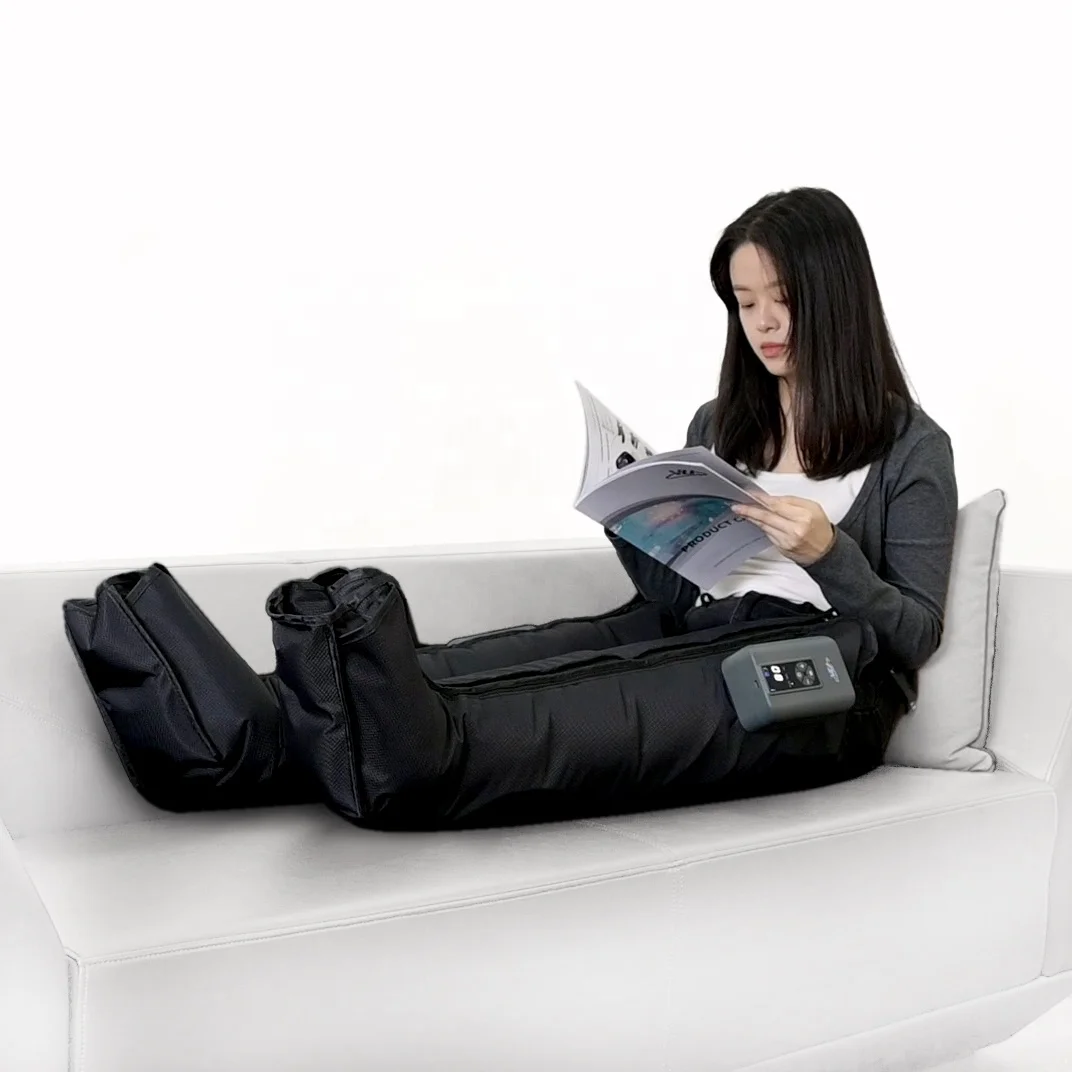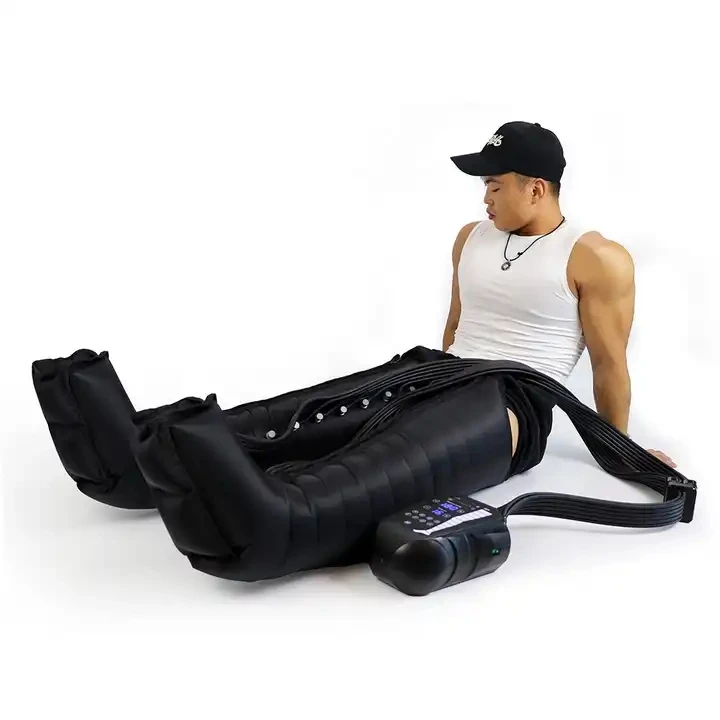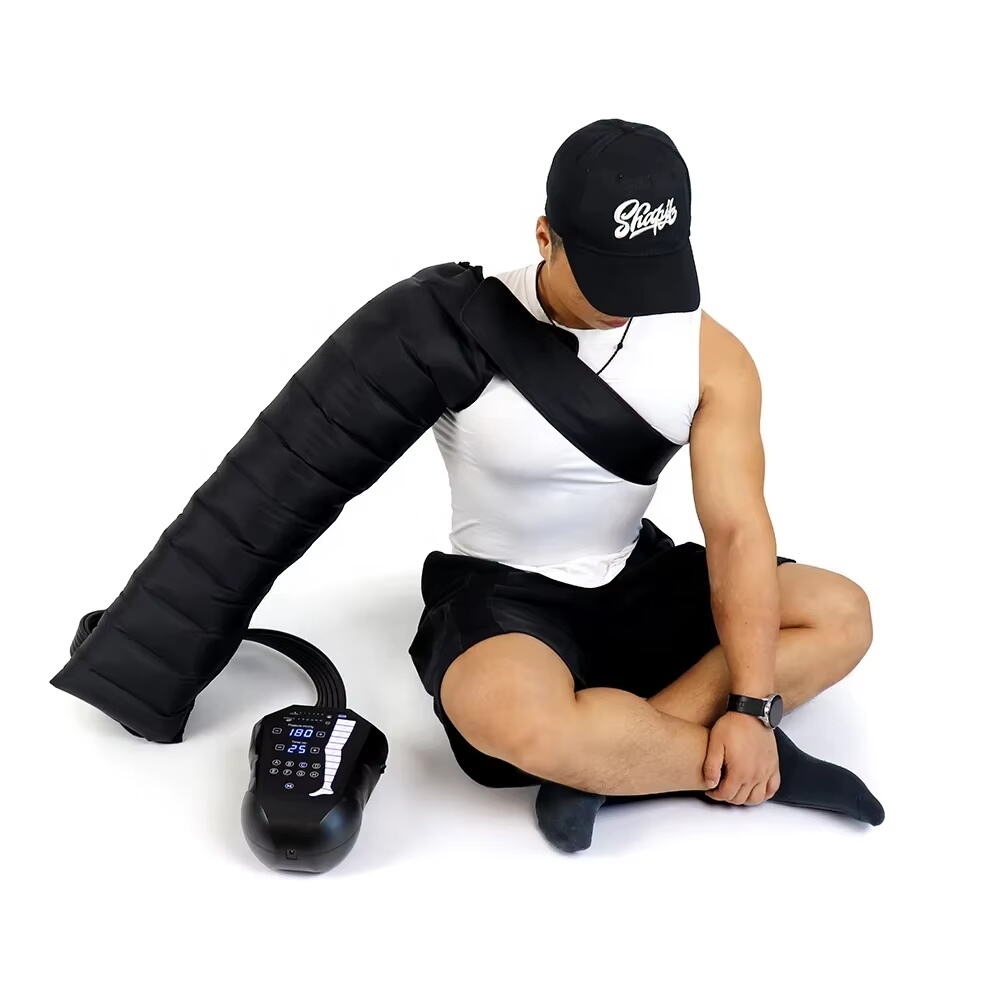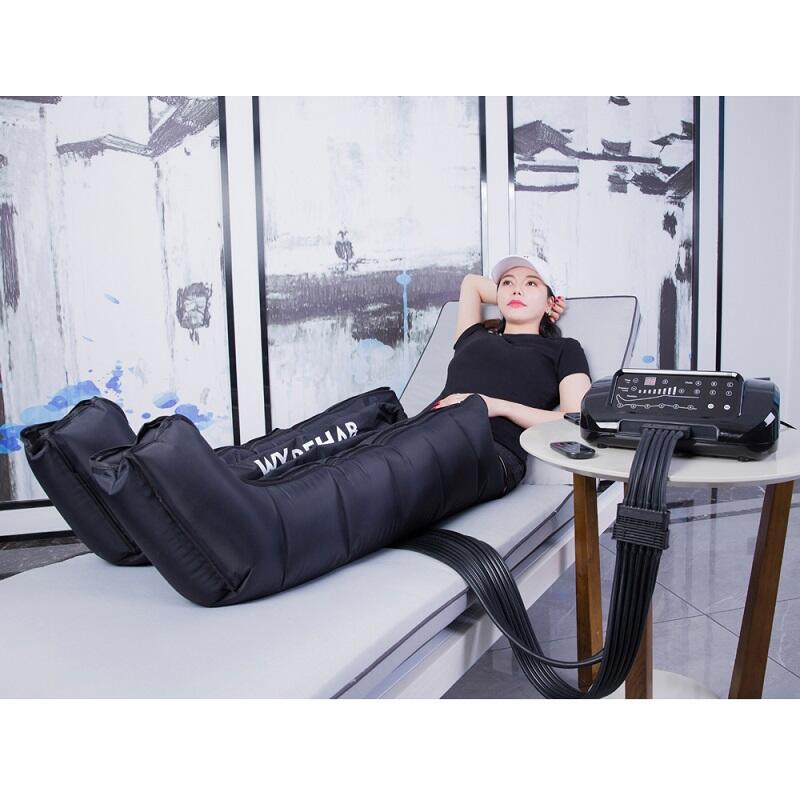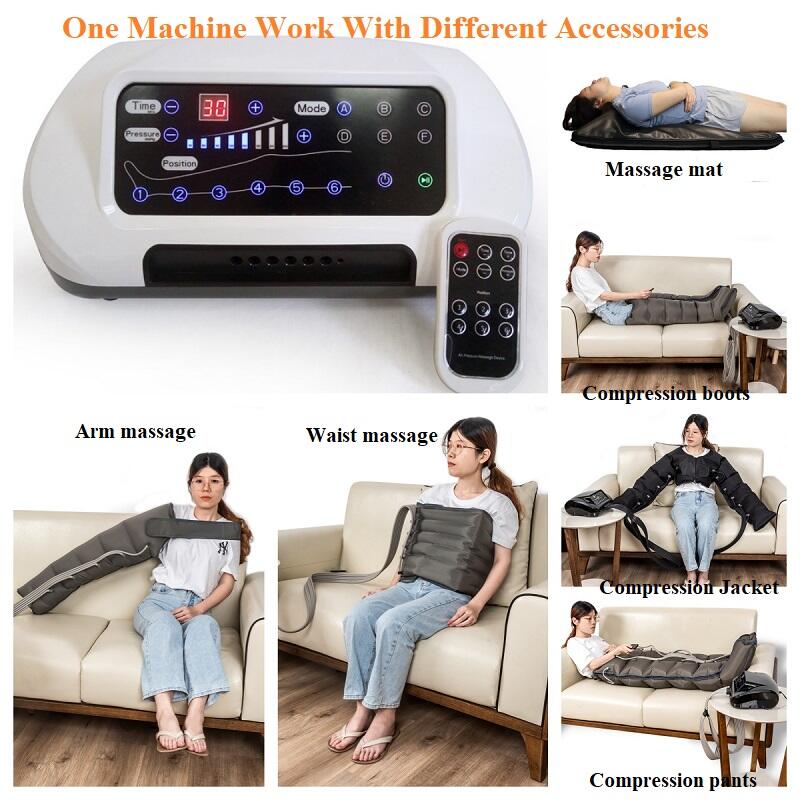transferring the patient from bed to stretcher
Transferring patients from bed to stretcher is a critical healthcare procedure that requires careful attention to both patient safety and caregiver ergonomics. This process involves specialized equipment and techniques designed to move patients smoothly and securely between surfaces. Modern transfer systems incorporate advanced sliding mechanisms, secure locking systems, and ergonomic design features to facilitate safe patient handling. The procedure typically utilizes transfer boards, roller sheets, or mechanical lift devices that distribute weight evenly and reduce friction during movement. Healthcare professionals must assess the patient's mobility status, weight, and medical conditions before selecting the appropriate transfer method. The process requires proper positioning of both the bed and stretcher, ensuring they are at the same height and securely locked. Standard safety protocols include maintaining proper body mechanics, communicating clearly with the patient, and having adequate staff assistance when necessary. Advanced transfer systems may include powered assistance features, adjustable height mechanisms, and specialized grip surfaces to enhance control during the transfer process. This essential healthcare procedure is fundamental in various settings, including hospitals, nursing homes, and emergency medical services, where safe and efficient patient transfers are performed multiple times daily.

